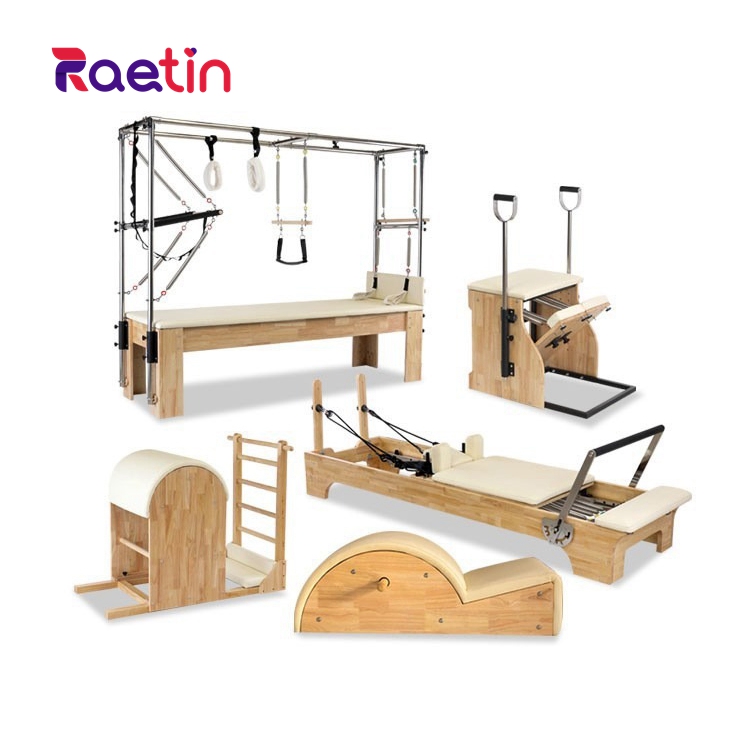

In the world of fitness, Pilates has emerged as a popular form of exercise known for its focus on core strength, flexibility, and body awareness. However, when it comes to Pilates equipment, particularly the reformer machine, there are often questions regarding its origin, differences from traditional Pilates, and its worth as a personal investment. Let’s dive into these inquiries to shed light on this dynamic fitness discipline.
Traditional Pilates: Pilates typically refers to a series of exercises performed on a mat or using specialized equipment such as resistance bands and balls. It emphasizes controlled movements, breathwork, and precise form to strengthen muscles and improve posture.
Pilates Reformer: On the other hand, the Pilates reformer is a specific piece of equipment developed to enhance traditional Pilates exercises. It consists of a carriage that moves along a frame with adjustable resistance springs, allowing for a wider range of exercises and variations compared to mat Pilates alone.
The Pilates reformer machine was originally designed by Joseph Pilates himself as a way to assist and challenge practitioners in their Pilates practice. Its precise origins can be traced back to the early 20th century when Joseph Pilates began developing his method of exercise and rehabilitation. Over time, the reformer evolved into the versatile piece of equipment we know today, with various models such as the Small White Beds, Professional Reformers, Classic Aluminum Reformer, and the V2 MAX Reformer.
Investing in a Pilates reformer for personal use can be a valuable decision for those committed to their Pilates practice. Owning a reformer provides convenience, allowing for consistent workouts from the comfort of home. It also offers the flexibility to customize workouts according to individual goals and preferences. However, it’s essential to consider factors such as space availability, budget, and level of commitment before making the purchase.
The frequency of Reformer Pilates sessions can vary depending on individual fitness goals, schedule, and experience level. Generally, practicing Reformer Pilates 2-3 times a week can yield noticeable improvements in strength, flexibility, and overall fitness. However, it’s crucial to listen to your body and avoid overtraining, allowing for adequate rest and recovery between sessions.

Home Pilates reformers can offer significant benefits for those seeking convenience and consistency in their fitness routine. They provide a convenient option for practicing Pilates without the need for a gym or studio membership. Additionally, owning a reformer allows for greater privacy and flexibility in scheduling workouts. However, it’s essential to invest in a quality reformer that meets your needs and offers sufficient resistance and versatility for long-term use.

In conclusion, understanding the differences between Pilates and Pilates reformers, along with their origins and practical considerations, can help individuals make informed decisions about incorporating this dynamic exercise modality into their fitness regimen. Whether practicing on a mat or a reformer, the key is consistency, dedication, and a commitment to overall well-being.

To customize your Pilates equipment and get a collection of design renderings for free!

To customize your Pilates equipment and get a collection of design renderings for free!